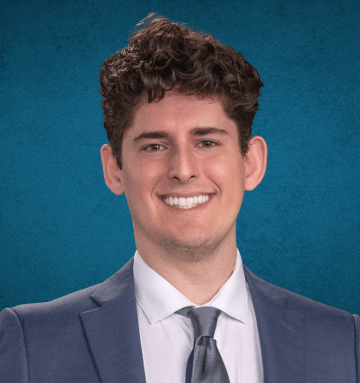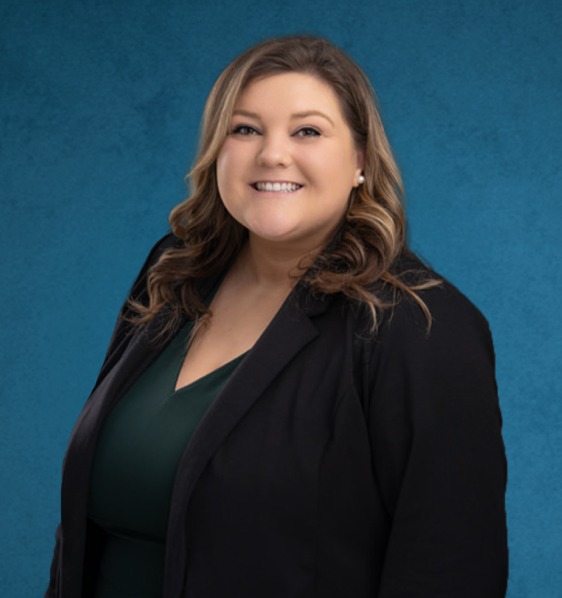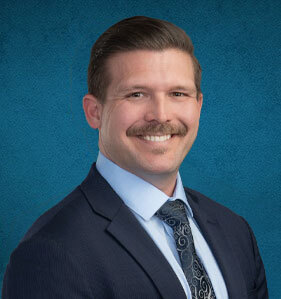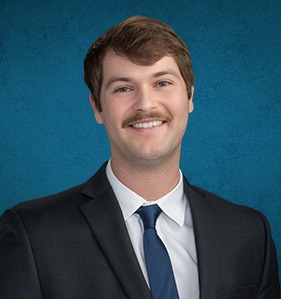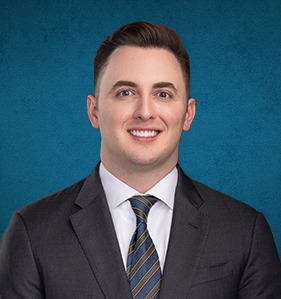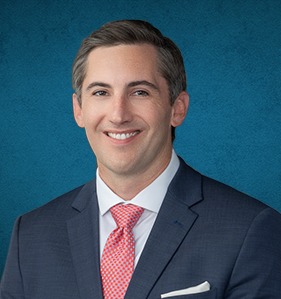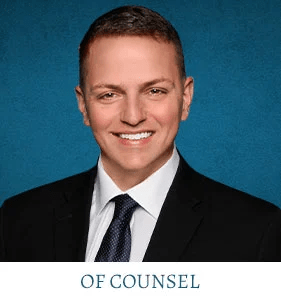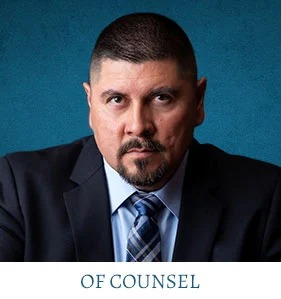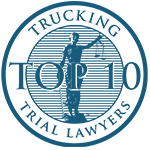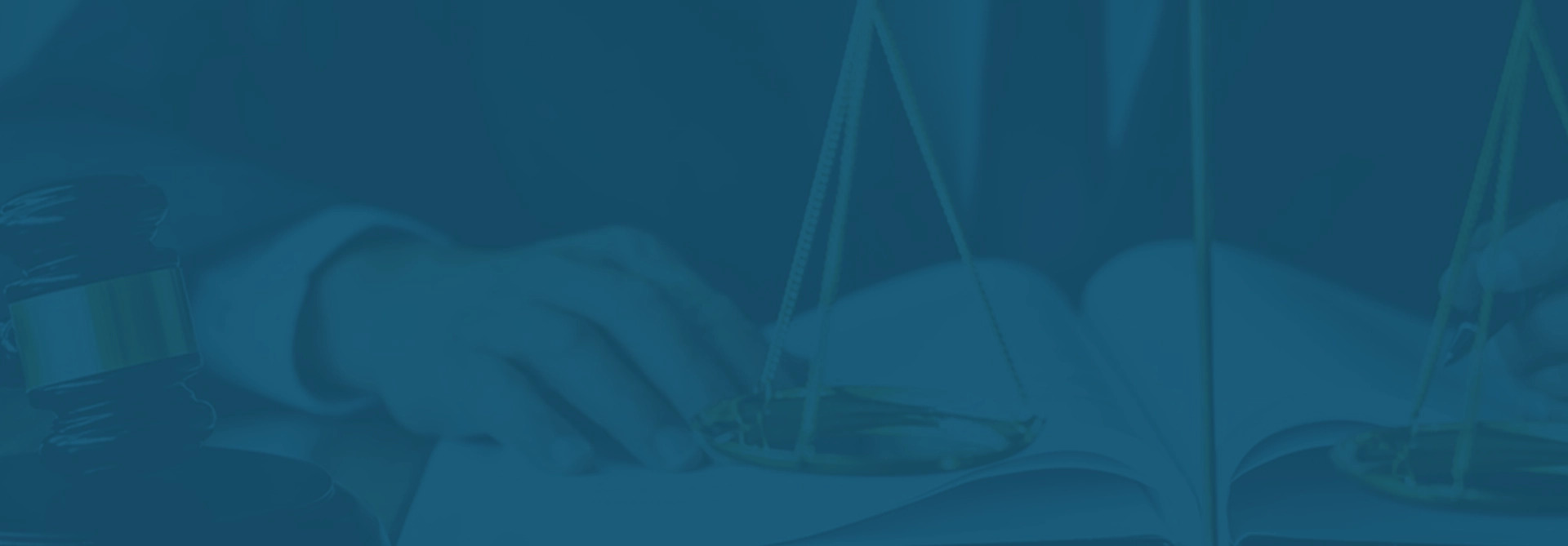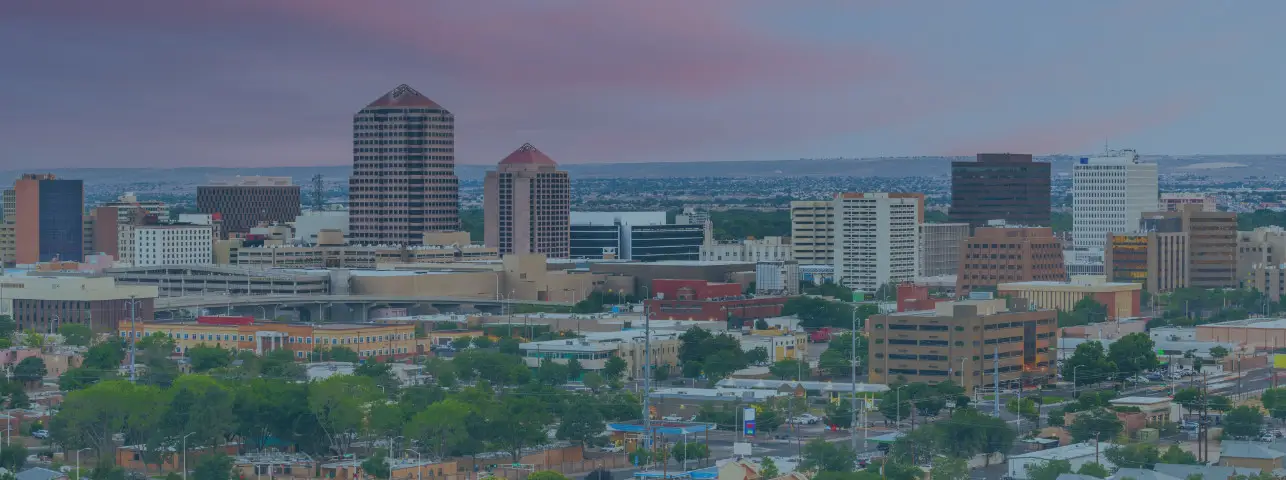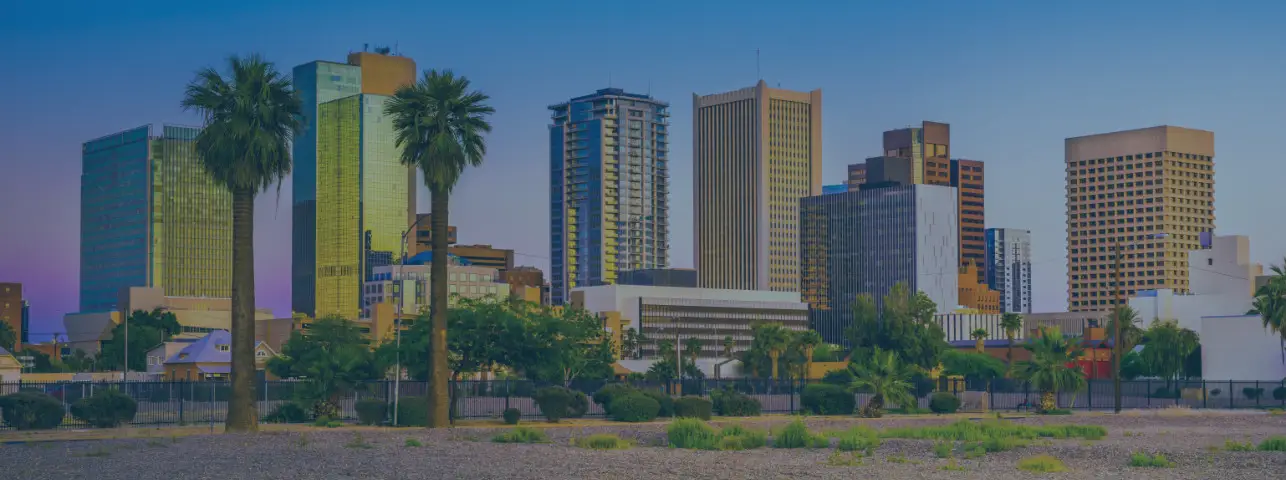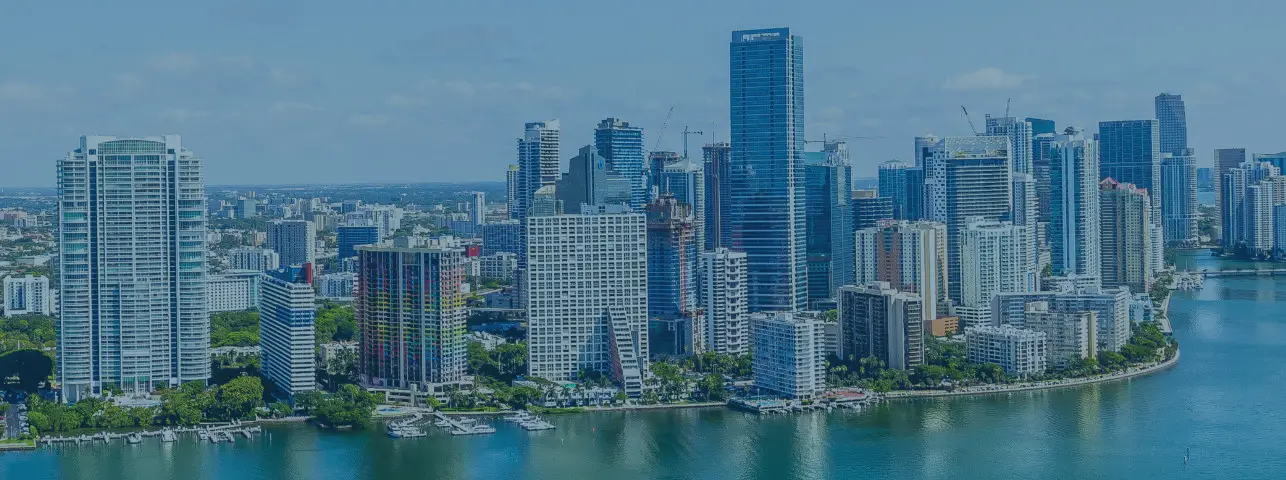CALL (800) 863-5312 to speak with Austin Ski Accident lawyers for free
Some people go on ski trips for the thrill; others ski to bond with friends and family. No one skis or snowboards with the intention of getting injured. Yet in the 2018/2019 ski season alone, there were 42 ski-related deaths. That’s why it’s important to know Austin ski accident lawyers before you hit the slopes.
Such deaths can happen from the skier and snowboarders’ own negligence, but sometimes the negligence of the snow sports recreational facility or a defect in the participants’ equipment leads to skiing accidents. This article will explain how injured skiers and snowboarders can recover for their injuries caused by others in an injury claim, including how an injury lawyer can help.
If you or a loved one in the Austin area was in a skiing accident, talk to one of our Zinda Law Group ski accident attorneys at (800) 863-5312 for your free case evaluation.
For a free legal consultation with a ski accidents lawyer serving Austin, call 800-863-5312
The risk of skiing or snowboarding
There is an inherent risk in skiing and snowboarding, since they often take place in remote locations and it is difficult for an injured person to receive emergency care in a timely manner. The altitude and terrain can also affect the amount of time it takes for emergency care to arrive.
The Centers for Disease Control and Prevention (CDC) has put together an educational resource to teach young skiers how to stay safe on the slopes. The web page notes that ski helmets, goggles, and warm clothing can help prevent skiing injuries. However, these cannot protect you from all injuries, and defective equipment can lead to injury as well.
Ski Accident in Austin lawyers near me 800-863-5312
Common injuries from skiing accidents
While a skier injury is rare in Austin itself, plenty of Austin residents go out of state to ski and snowboarding resorts. Unfortunately, not everyone comes home in the same shape they left in. Not surprisingly, all skiing and snowboarding injuries are not created equal; they can range from mild to severe or even deadly.
Click to contact our Texas Ski & Snowboard Accident Lawyers today
Mild Injuries
Mild injuries may require medical attention but are not always worth taking legal action. If you are on the fence about whether your injury is serious enough for you to sue the person or company that caused it, talk to a lawyer. Some examples of mild injuries from skiing or snowboarding include the following:
- Bruises, which often happen to knees and elbows
- Sprains, which often happen to wrists, ankles, and knees
- Fractures, which often happen to legs
- Dislocations
Complete a Free Case Evaluation form now
Severe Injuries
Severe injuries are not only more life-threatening than mild injuries, but they are also more expensive. These are the types of injuries for which you should probably take legal action if the person who caused the injury refuses to compensate you. Severe injuries include:
- Brain and head injuries, often concussions
- Spinal injuries
The added seriousness of brain injuries
One of the most common brain injuries is a traumatic brain injury (TBI); a TBI happens when the head is struck by some outside force, causing the brain to rapidly accelerate then decelerate. When the brain makes that rapid movement, it hits the skull. Most TBIs are mild TBIs, commonly known as concussions.
While a concussion might not seem very harmful, the concussed person might experience persistent post-concussive symptoms, which can develop over time and stay with the person indefinitely. Those symptoms may include:
- Memory loss
- Depression
- Anxiety
- Continuous headaches
- Reduced attention span
- Poor judgment
- Poor balance
- Poor coordination
- Slow reaction time
- Inability to concentrate
As you can see, a brain injury can change your life drastically. You should take a concussion seriously, even if the concussed person initially seems relatively unharmed.
Causes of skiing and snowboarding injuries
Skiing and snowboarding injuries often result in a collision of some kind. However, the cause of the collision could be due to several things. The accident could be the fault of a ski resort or of the company that manufactured your equipment.
Perhaps an instructor who works at the ski resort gave you poor directions, causing you to maneuver incorrectly and crash into an obstacle or another skier. The instructor herself may have been negligent in instructing you, or perhaps her employer was negligent when it hired or trained her. The ski resort may have also placed signs in such a way that made crashing inevitable or the ski lift may have jolted you out of your seat due to an operator error.
Alternatively, perhaps your equipment malfunctioned in a way that caused you to crash; this might be the fault of the manufacturer of the equipment if the design was faulty or if the product was assembled incorrectly. Imagine that instead of an operator error with the ski lift, there was something defective about the ski lift itself that caused your injury. All of these injury causes could lead to a legal claim for the victim.
What an injury claim looks like
You may have noticed as you were reading that there are a few legal theories under which your claim could proceed, which varies based on how your injury occurred. For accidents on the slopes, you will likely proceed under a theory of negligence or products liability. We will discuss these more in depth in the next sections.
As a preliminary procedural matter, you must file your claim within the statute of limitations. According to Texas Civil Practice & Remedies Code section 16.003, you have two years to bring your personal injury action. The two years starts the day you incurred your injury.
Negligence
Your case will fall under the umbrella of negligence if another skier or snowboarder caused your injury, or if the recreational facility failed to keep you safe in some way. Negligence arises out of a duty that the defendant owes the victim. The victim must prove four elements to successfully file a negligence claim:
- The defendant owed the victim a duty of care.
- The defendant breached the industry-wide or “reasonable person” standard of the duty of care.
- The victim’s injury is a type for which he or she can claim compensation. (Most physical injuries are compensable.)
- The defendant’s breach of duty caused the victim’s injury.
Products Liability
If your equipment or the recreational facility’s equipment malfunctioned, you may have a products liability case. Products liability is a kind of strict liability claim, which means that the defendant must take liability for the victim’s injuries regardless of whether the defendant exercised reasonable care or did not intend for the injury to happen. A victim must prove the following elements of a products liability case:
- The defendant manufacturer sells the product that the victim used.
- The defendant is the commercial seller of that product.
- The victim received an injury.
- The product was defective when the defendant sold it to the victim.
- The product’s defect caused the victim’s injury.
Note that errors the victim makes in using the equipment does not fall under the category of products liability. For example, if you failed to lock your boot into the ski properly, the manufacturer of the ski cannot be held liable for your injury if your boot escapes the ski and you lose control and crash into a tree. However, if the ski is manufactured in such a way that the boot easily becomes unlocked, then you might have a products liability case.
What an Austin ski & snowboard accident lawyer can do to help
A ski accident attorney in Austin can help you develop the legal theory behind your case to ensure it meets the standards of the claim you are filing. Also, you must file your claim against the correct defendant, whether that defendant is a manufacturer, ski resort, or fellow snow sport enthusiast.
The attorney can help you gather evidence by investigating the factual issues and calling the involved parties. The lawyer can then conduct depositions to get information from the defendant and any witnesses to the accident. This will help your attorney reach a settlement with the defendant.
Finally, who offers free consultations can help you get as much compensation as possible for your injury. Such compensation comes in the form of economic damages to cover the expenses related to the treatment of your injury, missed wages from your time off of work, and other quantifiable costs. Compensation also sometimes comes in the form of noneconomic damages to address your pain and suffering.
Consult with a Zinda Law Group injury lawyer today
We’ve helped dozens of victims in Austin, and throughout Texas, with ski accident claims. Our Zinda Law Group Austin attorneys provide free case evaluations so that you do not waste irreplaceable time and money on a claim that will ultimately fail. They have experience with cases like yours that help give them an idea of how you should proceed with your case.
You deserve to have professionals on your side who care about your goals and who will take the time to develop a legal plan. Call the Zinda Law Group attorneys at (800) 863-5312 to schedule your free consultation and benefit from our No Win, No Fee Guarantee that will excuse you from paying us unless we win your case for you.
Meetings with attorneys are available by appointment only.
Call or text 800-863-5312 or complete a Free Case Evaluation form








